The main characteristic of dye ink is its ability to produce vibrant and vivid colors. This is due to the small size of the dye molecules, which allows them to penetrate the printing substrate more effectively compared to other types of inks. As a result, dye inks are known for their excellent color saturation and image quality.
One advantage of dye ink is its affordability. Dye-based printer inks are generally less expensive compared to other types, such as pigment inks. This makes them a popular choice for everyday printing needs, especially for home users and small businesses.
Dye inks also offer fast drying times, which can be advantageous for high-speed printing applications. The quick absorption of dye ink into the printing substrate allows for rapid drying, reducing the risk of smudging or smearing.
However, there are some limitations to using dye ink. One major drawback is its susceptibility to fading over time when exposed to light and environmental factors. Dye molecules are more prone to degradation and color shifting compared to pigment-based inks. Therefore, prints made with dye ink may not have the same longevity as those produced with pigment inks.
Another limitation of dye ink is its relatively lower resistance to water and moisture. While modern dye inks have improved water resistance compared to older formulations, they are still more susceptible to smudging or running when exposed to water or high humidity conditions. This makes them less suitable for applications that require water-resistant or archival-quality prints.
In terms of compatibility, dye ink is generally compatible with a wide range of printing media, including plain paper, glossy photo paper, and specialty substrates. However, it is worth noting that dye inks may not perform as well on certain types of media, such as matte or textured papers, due to their higher absorption rates.
To address the limitations of dye ink, manufacturers have developed hybrid ink systems that combine the advantages of both dye and pigment inks. These hybrid inks aim to provide improved color vibrancy and longevity while maintaining fast drying times and affordability.
In conclusion, dye ink is a popular choice for everyday printing needs due to its vibrant colors, affordability, and fast drying times. However, it is important to consider its limitations, such as susceptibility to fading and water resistance, when choosing ink for specific printing applications.
 DTF Items
DTF Items Epson Items
Epson Items Frame Items
Frame Items Large Format Items
Large Format Items












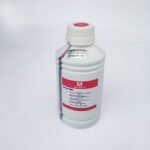









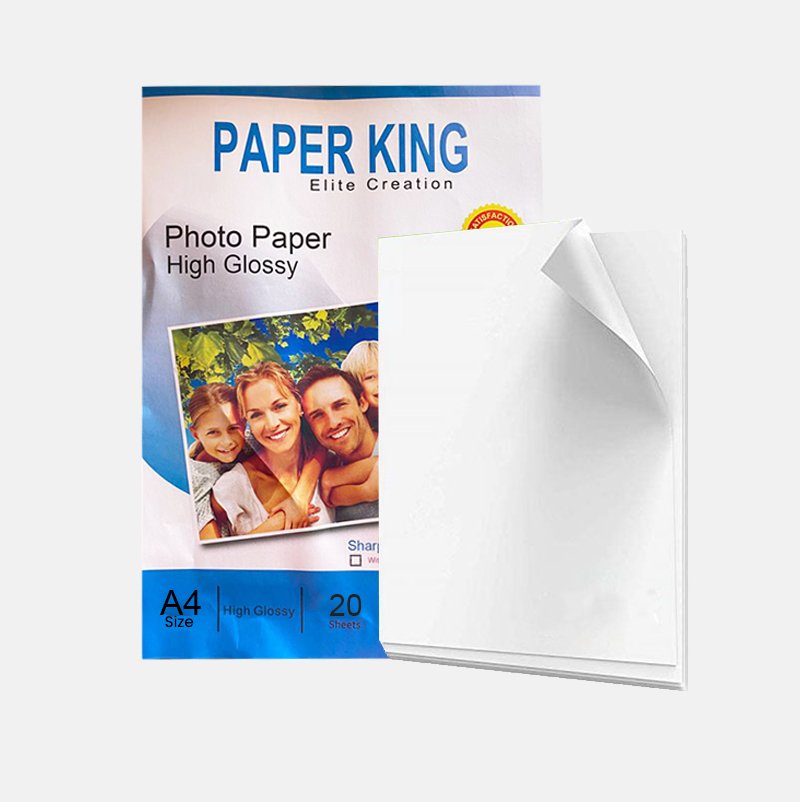



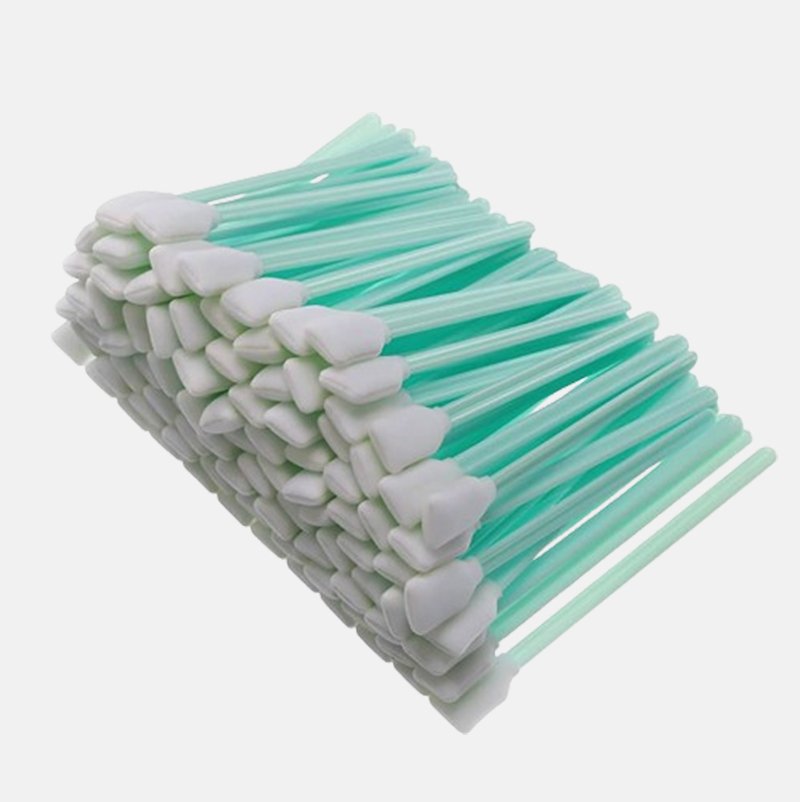






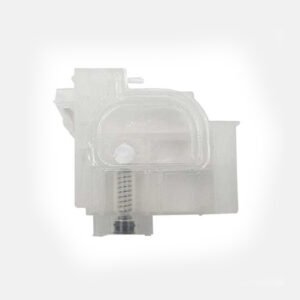





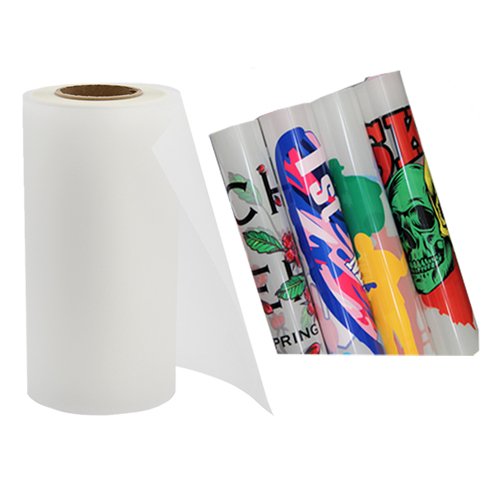

Reviews
There are no reviews yet.